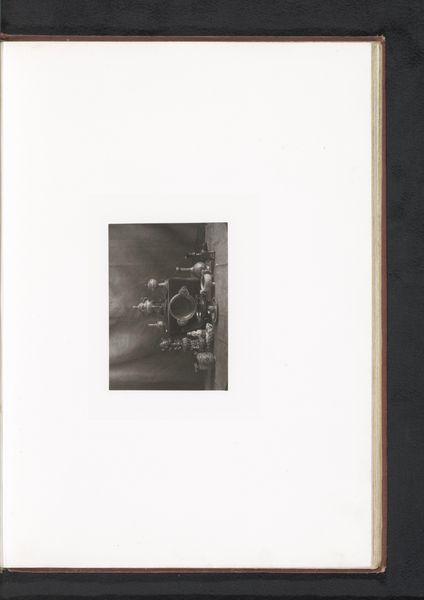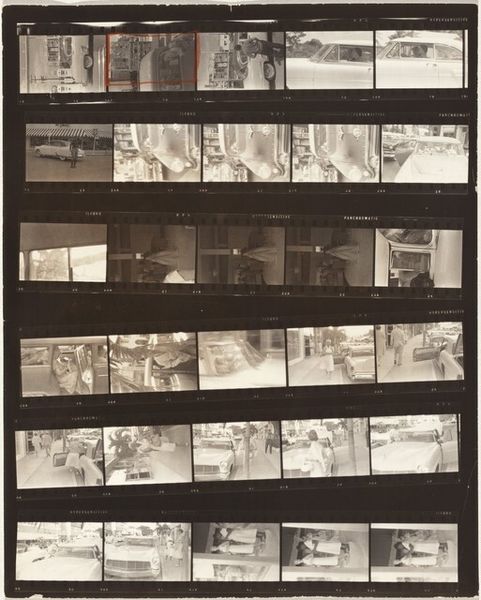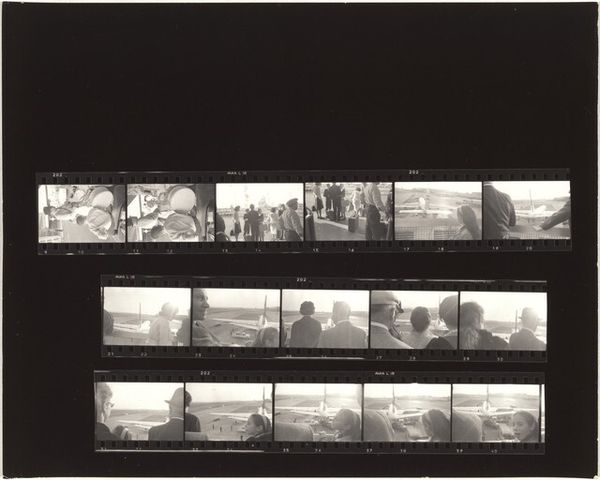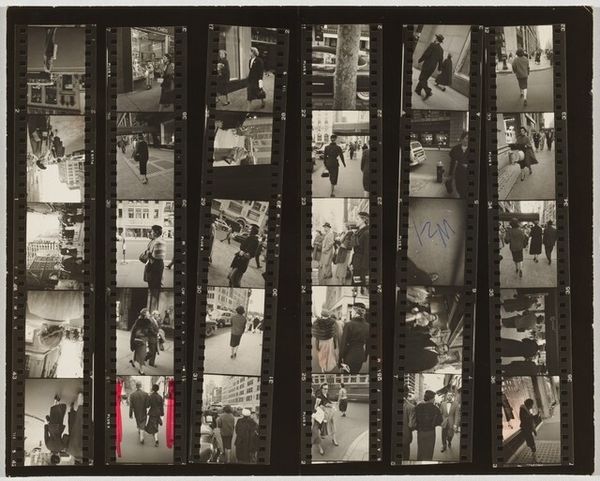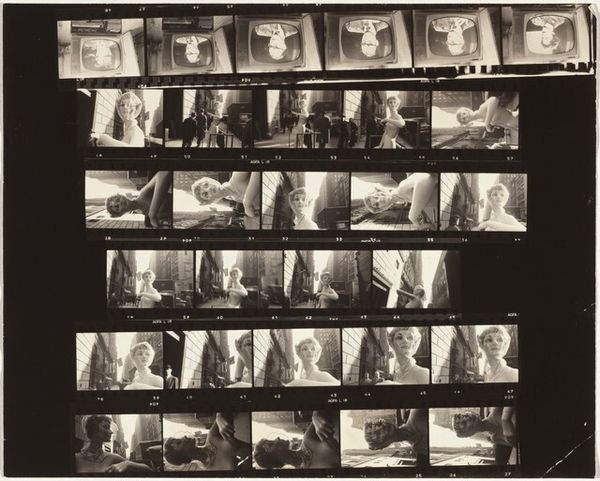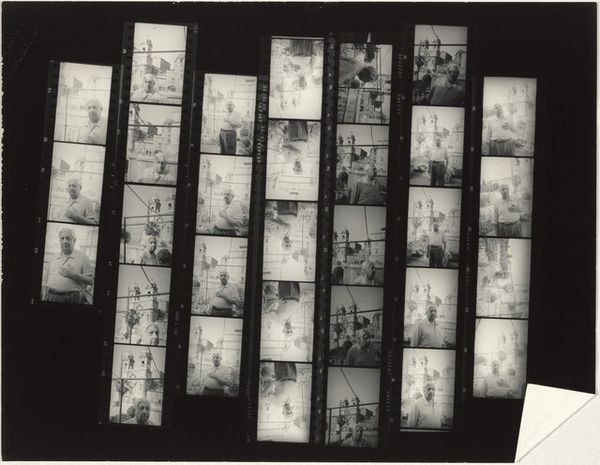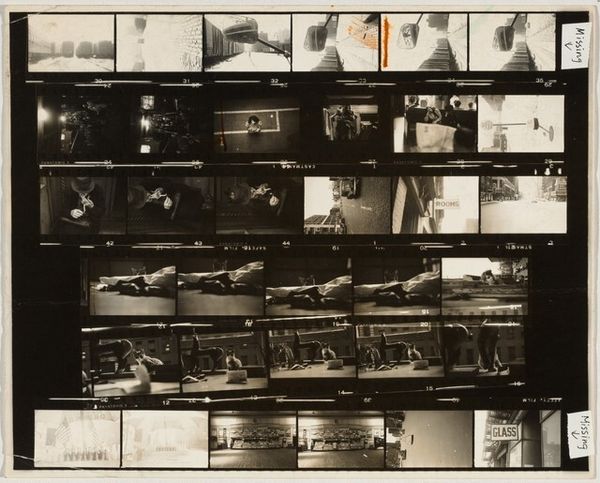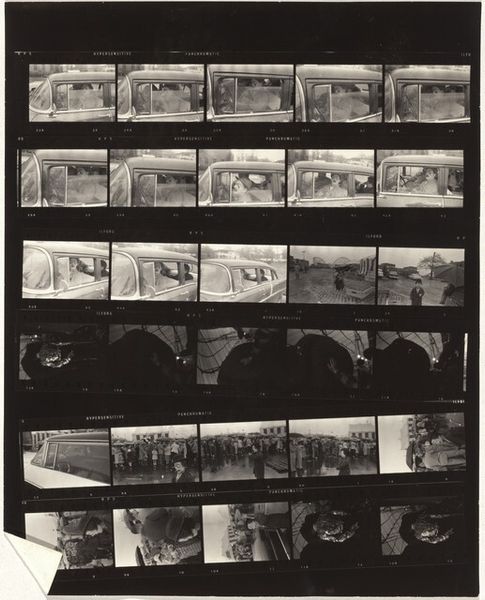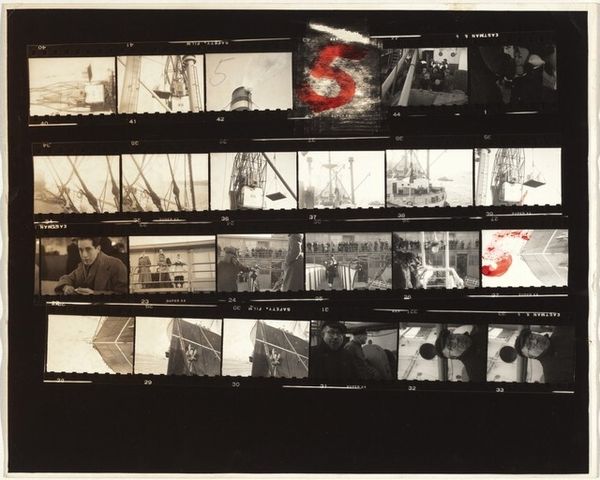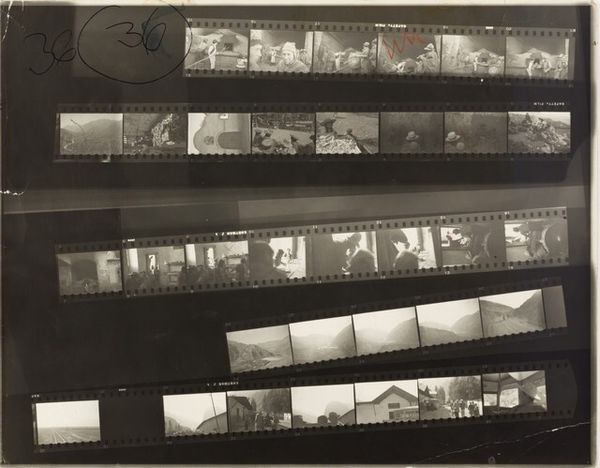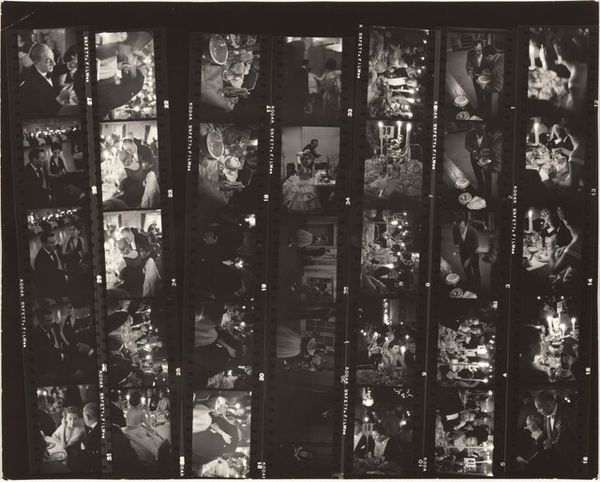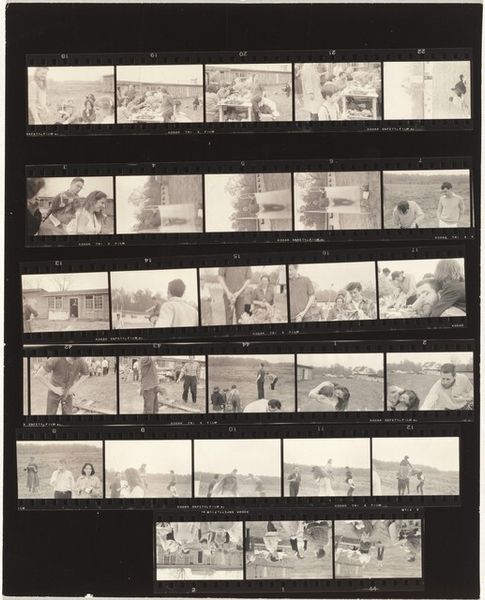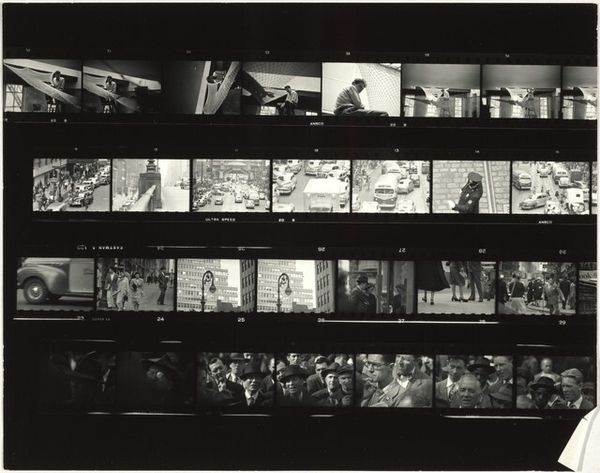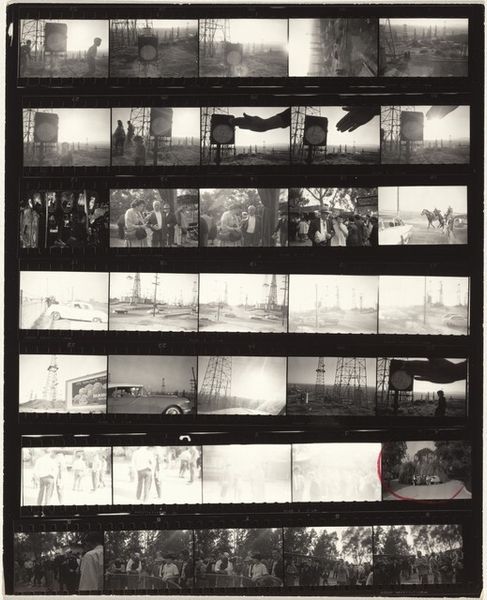
Dimensions: image, each: 743 x 500 mm
Copyright: © Olga Chernysheva | CC-BY-NC-ND 4.0 DEED, Photo: Tate
Curator: There's a certain melancholy hanging in the air just looking at these images. They're so still, so self-contained. Editor: These are a series of black and white photographs by Olga Chernysheva titled "On Duty". The images present a series of drivers sitting at their posts. Curator: I think what gets me is the sense of isolation. Each person is framed, almost trapped, in their own little world. It's strangely beautiful. Editor: Right, and that isolation speaks to the experience of labor, especially in post-Soviet states where economic shifts have deeply impacted public service roles. Curator: There is something deeply humane about them. Each portrait captures such quiet dignity, despite the monotony of the job. Editor: Agreed. Chernysheva really hones in on these everyday, often overlooked figures, giving them a presence they're usually denied. Curator: It makes you think about the stories behind each face. What are they thinking? What do they dream about? Editor: Exactly. It prompts questions about class, visibility, and the emotional toll of being 'on duty,' not just for work, but within society at large. Curator: So true. This piece feels like a meditation on modern life. I feel like I see my own reflection there, too. Editor: Yes, these images invite us to reflect on the labor that supports our daily lives, and the humanity of those who perform it.
Comments
Join the conversation
Join millions of artists and users on Artera today and experience the ultimate creative platform.
tate 7 months ago
⋮
Olga Chernysheva’s On Duty 2007 consists of eleven large, black and white photographs of employees of the Moscow underground transport system, wearing uniforms and severe demeanours that seem to hark back to the Soviet era. Each photograph is cropped tightly so as to capture the attendant sitting in the booth that forms their working environment, with the subject sat in three-quarters profile at the centre of the composition. The traditional silver gelatin printing process that Chernysheva has adopted for these photographs, together with their monumental scale, lends the images an air of solemnity, and gives the sitters in each image the almost sculptural presence of portrait busts. A number of the photographs are shot through the glass window of the booth, so that reflections of the surroundings and passers-by are made visible. In doing so, Chernysheva creates what critic and curator Viktor Misiano has described as a rigorous ‘geometry of gazes’ (Misiano 2010, p.231). The subjects, most of whom are women, sit in their subterranean booths in a state of perpetual readiness. They appear attentive, with their gaze glancing outward, but also immersed in their own thoughts.
